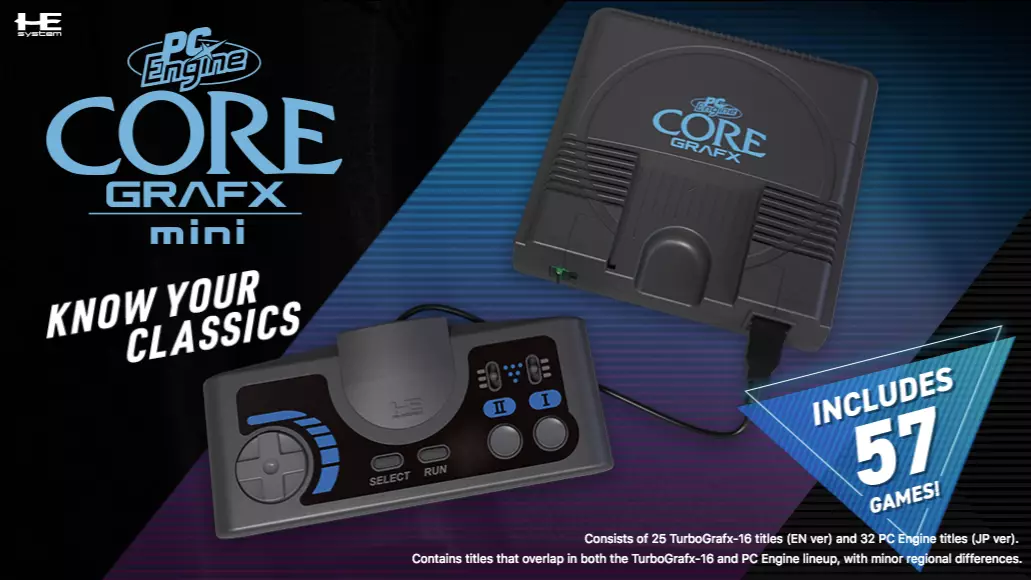
The current popularity of mini-consoles, pre-loaded with a wealth of games, has seen the big-hitters of Sony, SEGA and Nintendo all put out diminutive versions of classic hardware, covering the NES, SNES, Mega Drive and original PlayStation so far. SNK has got in on the action with the NEOGEO Mini; Capcom went for the deluxe approach with its high-end Home Arcade two-player unit; and the Commodore 64 is available again, in mini and full-size models.
But the PC Engine is something else. Unlike products from SEGA, Nintendo and Commodore, it's a piece of hardware from yesteryear that never really registered with British and European gamers, and likewise in the United States. The opposite was true in its homeland of Japan, however, where the PC Engine briefly threatened to put Nintendo in its shadow.
Now, following the trend set by its old-school rivals, the PC Engine is back in palm-sized form. (Even for those of very small hands.) Or to be more specific, the PC Engine CoreGrafx Mini is releasing on March 19th, in the UK, France and Italy, Japan and North America. And it's a superb piece of modern-day retro indulgence, packing 57 games into its tiny shell, and arriving with its hardware overseen by arcade stick manufacturers Hori and its game emulation by the super-talented M2.
Advert
---
Watch Konami's video on the PC Engine CoreGrafx Mini's features, below or on YouTube
---
Advert
Despite an amazing first impression, the PC Engine CoreGrafx Mini is not without its flaws. And as a very Japan-centric system, a lot of the included games will be mysterious to Western players. But before I detail the best and worst of the imminent Mini, we've time for a little history lesson on its lineage.
If you know the very basics of video game history, you'll know that the 1980s and early 1990s were dominated by a battle for supremacy between Nintendo and SEGA, spanning the 8- and 16-bit eras. This golden age of gaming - or one of them, at least - saw each company score successes in certain territories, with the Nintendo Entertainment System beating the SEGA Master System in the US, but the Mega Drive/Genesis then getting a headstart on the Super Nintendo in the States and pulling power back over to Sonic's creators.
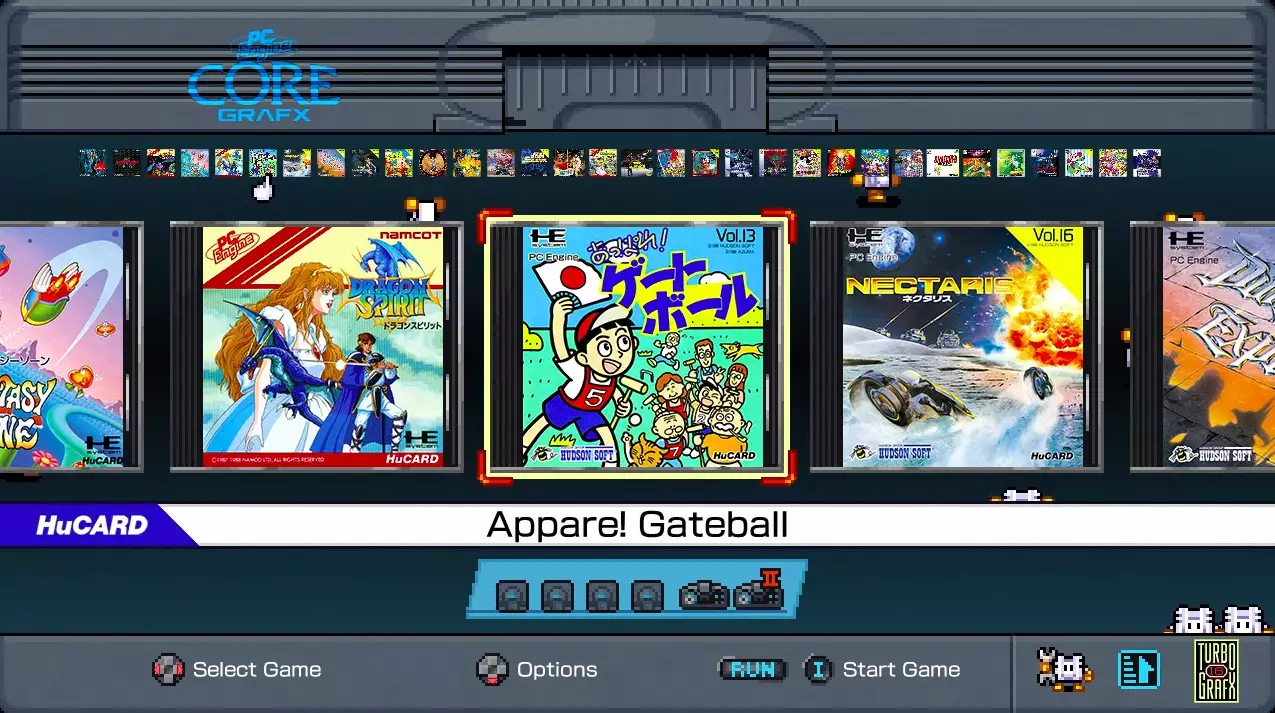
This struggle for gamer hearts, minds and wallets played out on a global scale - but the twin superpowers of Nintendo and SEGA weren't alone in producing console hardware at the time. Atari was soldiering on after the gaming industry crash of 1983, releasing the backwards-compatible Atari 7800 system in 1986. Amstrad entered the market in 1990 with its ill-fated 8-bit GX4000, the company's first and only console; and Commodore adapted its popular 64 range of home computers into console form with the C64 Game System, in the same year.
Advert
But the dawn of 16-bit gaming was heralded neither by SEGA nor Nintendo, but by NEC in collaboration with Hudson Soft, with their eye-catchingly small and simple-looking PC Engine. It debuted in 1987, promising 16-bit performance but actually using a modified 8-bit processor - but what's a little white lie between pals, eh? Nevertheless, games on the PC Engine did (and still do, to my eyes) look better than those on the Master System and NES, and the console rolled out to the US in 1989 - where it was called the TurboGrafx-16 and given a bulkier, black shell to better appeal to bigger-is-better stateside gamers - and to a few European markets in 1990.
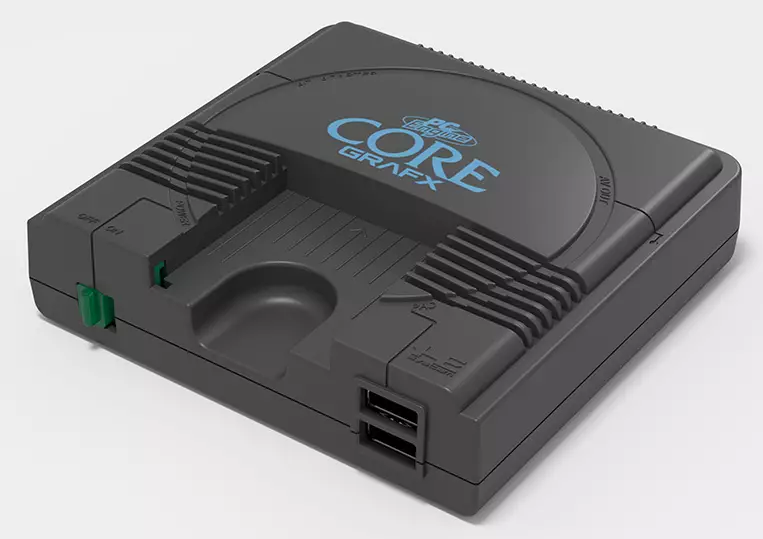
But as stated earlier, the console sold terribly outside of Japan. Nevertheless, the PC Engine production line would not be stopped. A CD-ROM add-on was released, and in total some 17 variants of the PC Engine were produced, including the CD-and-card-compatible TurboDuo; a miniature laptop-style model called the PC Engine LT; the Game Boy-ish handheld TurboExpress (aka the PC Engine GT); and third-party offerings like Pioneer's LaserActive, which could run both PC Engine and Genesis/Mega Drive cartridges. What a time to be alive.
Eventually, the PC Engine line bowed out for good in 1994, succeeded by NEC's short-lived PC-FX console, which failed to find an audience amid competition not only from SEGA and Nintendo, but now Sony's PlayStation, too. NEC was out of the console game - but the PC Engine Mini - sorry, sorry, the PC Engine CoreGrafx Mini (sorry) - gives gamers of the 21st century the chance to dig into some of the delights that made this console a hit in Japan. But: should they?
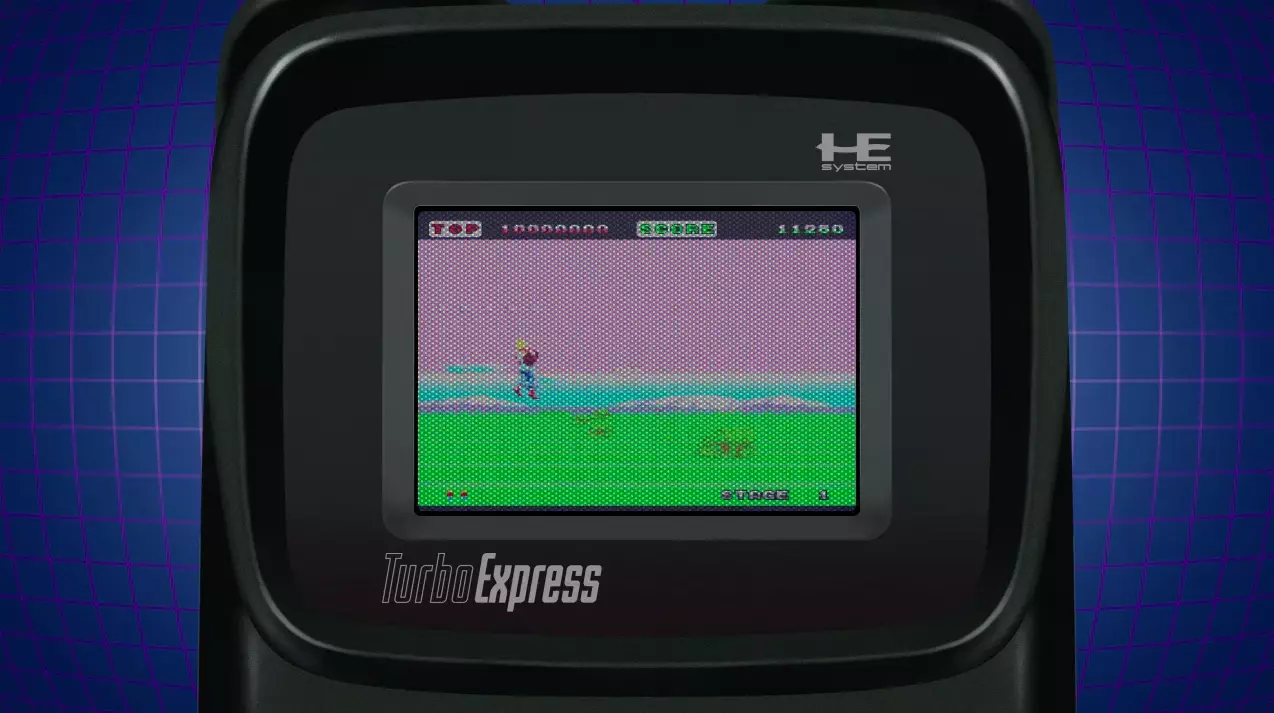
Yes, if possible. Gamers keen on understanding the history of the medium really should find a way to get their hands on the CoreGrafx Mini and its assortment of exotic delights. But this recommendation isn't made unreservedly. Even after a very enjoyable preview of the Mini, on a unit that wasn't the final, commercially available product (hence no photos of me using it, here), there remains two nagging doubts eating away at the back of my aging brain.
Advert
Firstly, only one (turbo-switched) pad is included, which makes some aesthetic sense as the original PC Engine only had one controller port. But with so many of the games here, like Bomberman '93 and the Bubble Bobble threequel Parasol Stars, designed with local multiplayer in mind, or at the very least for two players to participate at once, it's a massive shame that Konami, who are producing this Mini, didn't include a second pad as standard. Especially as there is a second controller port on the Mini. Opportunity, missed.

Extra pads are available, at £21.99 in the UK (via exclusive retail partner, Amazon), and so too is a multi-tap at £24.99. Meaning that, if you want to play against or with a mate, you need to fork out over 20 quid on top of the original asking price. And anyone after some four-player Bomberman - as it's meant to be experienced - needs to find the best part of £100. Which leads me to my second concern: said asking price. The PC Engine CoreGrafx Mini's RRP is £99.99 - £30 more than the Mega Drive Mini (42 games included) and £20 more than the launch price of the SNES Classic Mini (21 games included).
The PC Engine Mini comes with 57 games, but the vast majority of them won't mean a great deal to Western gamers who played their way through the adventures of Mario and Sonic, Samus and more, back in the 1980s and '90s.
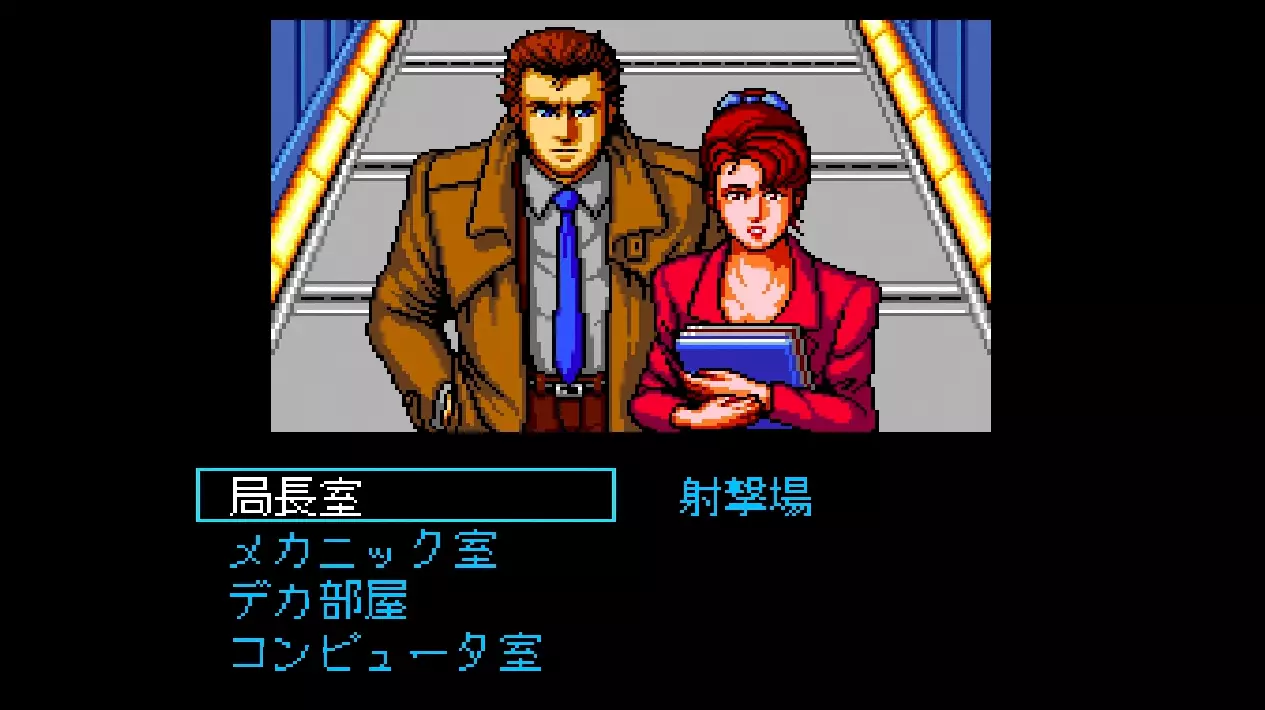
There are some recognisable franchises, and legitimately excellent instalments from them, featured. Three Bomberman games make the cut; Castlevania: Rondo of Blood was originally a PC Engine CD exclusive and it's one of the star turns here, even if it's all in Japanese; the version of R-Type here is a singular one with a different take on its sixth stage; ports of SEGA's Space Harrier and Fantasy Zone are eye-popping in their palettes; and the Ninja Gaiden here makes the NES version look about 300 years old, rather than 30.
Advert
But even for an old-timer like me, a whole bunch of these games are complete mysteries - or at least, they were before I switched the Mini on and dived in, reveling in the unknown. The titles are split between English-language TurboGrafx and Japanese PC Engine options, with the UI changing design as you switch between the collections - a really nice touch.
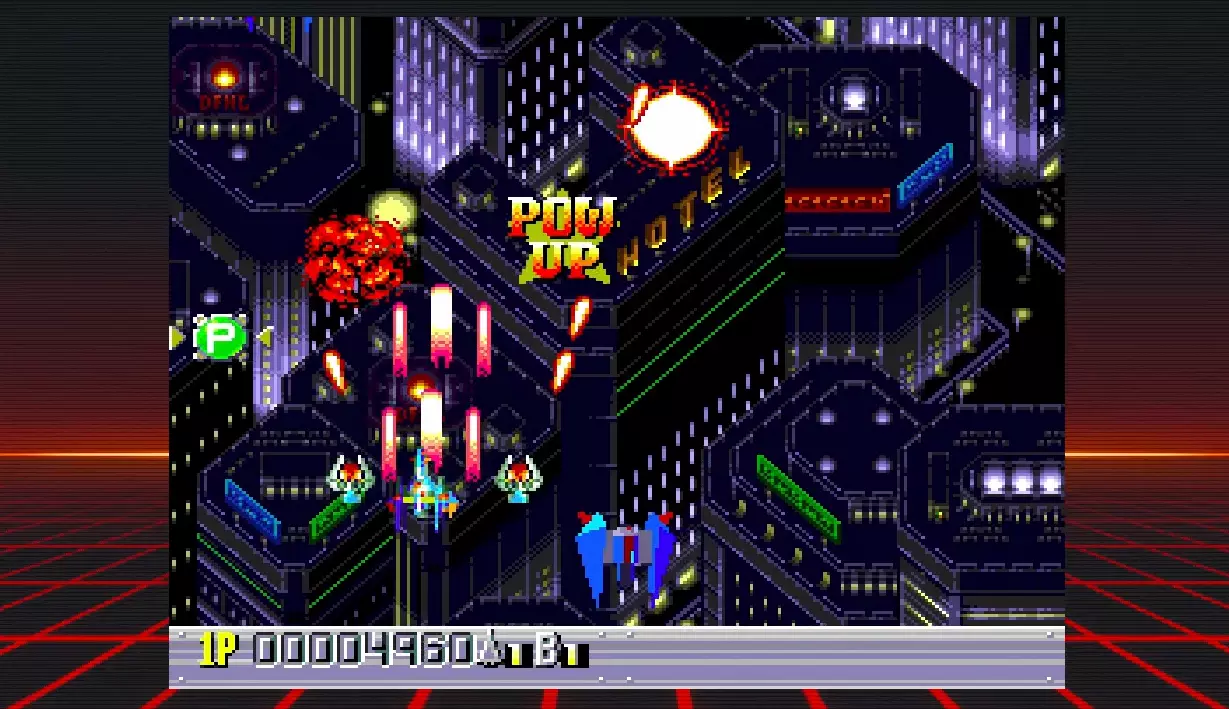
Some of the more arcade-style Japanese games, foremost amongst them shooters like Ginga Fukei Densetsu Sapphire, Star Parodier and the bizarre bodybuilding-focused Cho Aniki, are easy enough to navigate regardless of the language barrier. But the same cannot be said for Hideo Kojima's graphic adventure Snatcher - one of the crown jewels of this collection - and the Monopoly-ish Super Momotarō Dentetsu II, both of which are incredibly text heavy. You're going to need a dictionary handy, or better yet, a pal sat beside you who can read Japanese.
Stick to the TurboGrafx games and it's easy street - everything's in English, and titles like Power Golf and the Outrun-like Victory Run, even if you've not played them before, will feel familiar to anyone who turned on a SEGA or Nintendo console in the '80s or '90s. They're very much of their era, and do little to shake up their genres.
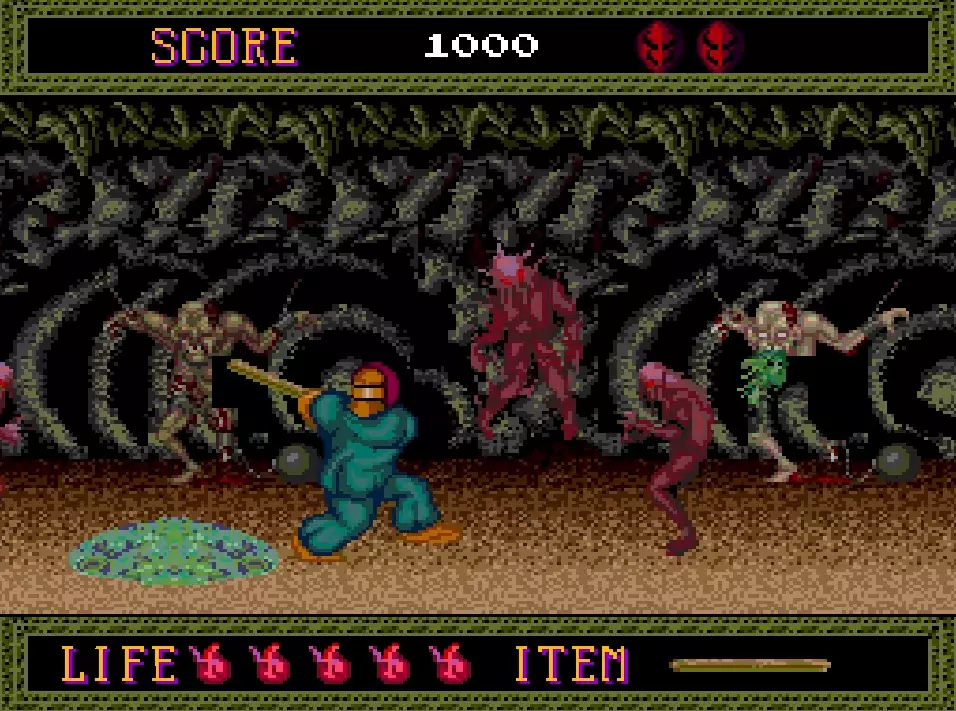
Further genuine gems here include the likes of Neutopia and its sequel, sure to click with fans of everything Zelda; Capcom's evergreen and always-tough Ghouls 'n Ghosts; and the colourful platforming of Bonk's Adventure and Revenge. The first two games in the long-running Ys RPG series are included, too, in their enhanced (CD-ROM) versions with voice-overs and sparingly used animated cut-scenes. Splatterhouse is something of a cult favourite too, its then-striking gore incredibly tame by today's standards.
There's loads here to explore - a lot of which will be all-new to British gamers young and old. It's of particular appeal to said oldies whose only past experience with the PC Engine might have been reading about it in magazines of the 1990s (raises hand, accordingly). As a portal to discovery, to expanding your knowledge of gaming's past, the PC Engine CoreGrafx Mini is a joy. But its price point and lack of second pad out of the box is a worry. That, combined with the limited profile of a lot of its games, will definitely put this Mini in the box boldly marked "niche concern". It won't rival SEGA or Nintendo's pint-sized systems for sales, but if you're in the mood for something else, and the money's not a problem, get involved.
The PC Engine CoreGrafx Mini is available on March 19th, exclusively via Amazon. Thanks to Konami for having us over to play some weird games and despair at our complete ignorance of Japanese.
Featured Image Credit: Konami
Topics: Konami, Preview, Retro Gaming